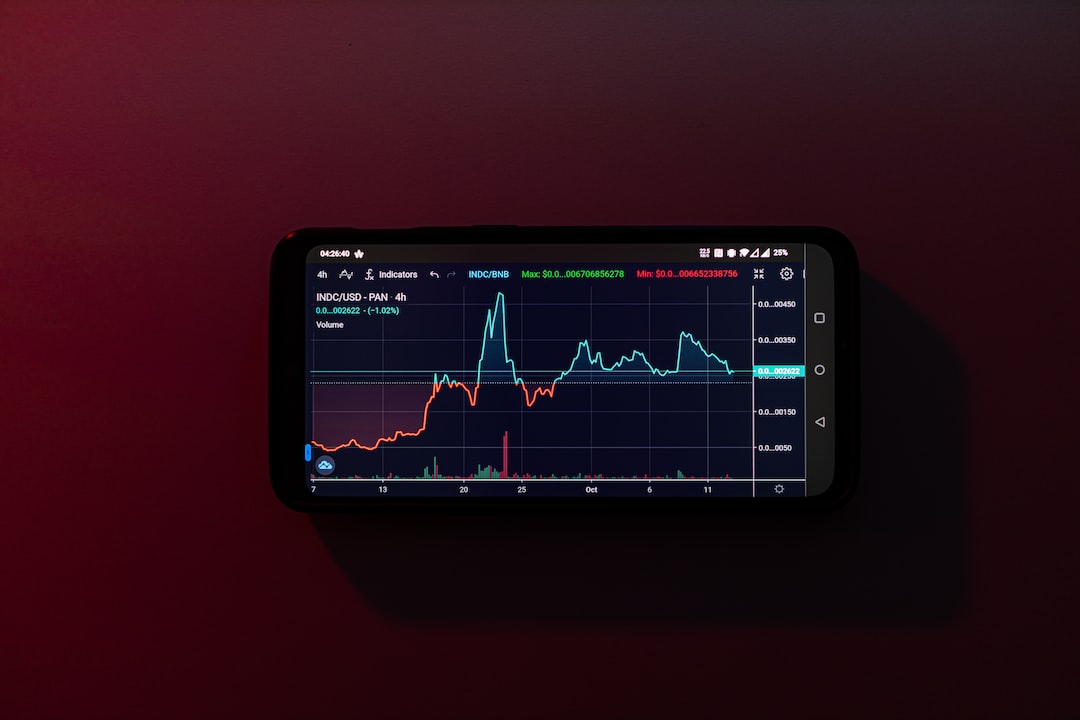XRP Token: Is It Deflationary or Not?
For a long time, there has been a debate about whether the XRP token is deflationary. Pro-XRP crypto analyst Panos Mekras has provided data that suggests the token does indeed have deflationary characteristics.
Number of Tokens Burned So Far
Mekras shared a tweet showing that over 11 million XRP tokens had been burned, indicating that the token is deflationary. The burn mechanism has led to a decrease in the total supply of XRP over time.
However, another user argued that while XRP may be deflationary in terms of all existing tokens, it remains inflationary as long as Ripple continues to sell into the open market.
The Existence of XRP Tokens
Mekras clarified that all 100 billion XRP tokens have existed since day one, meaning they have been circulating from the beginning. He disagreed with the notion that some tokens are not yet “in existence.”
The Escrow System Debate
This debate revolves around Ripple’s escrow system. Some argue that XRP held in escrow lockups should not be considered part of its circulating supply and therefore affects its deflationary status. However, others believe that the escrow system does not change the fact that XRP is deflationary.
It was also pointed out that every time Ripple releases XRP from escrow, it inflates the circulating supply, making it difficult to classify XRP as deflationary.
XRP Ledger and Token Burns
The XRP Ledger does not have a built-in mechanism to decrease the token’s total supply like some other networks do. Token burns in the XRP network have occurred coincidentally, mainly due to XRPL account deletions. When an account is deleted, 2 XRP tokens are burned, leading to an increase in the burned token figure.
Hot Take: Is XRP Truly Deflationary?
The debate surrounding whether XRP is deflationary or not continues. While some argue that the token’s circulating supply increases whenever Ripple releases XRP from escrow, others maintain that the burn mechanism and overall decrease in total supply make XRP deflationary. The existence of the escrow system adds complexity to the discussion. Ultimately, the answer may depend on one’s interpretation of deflationary characteristics and the context in which it is considered.





 By
By
 By
By
 By
By
 By
By
